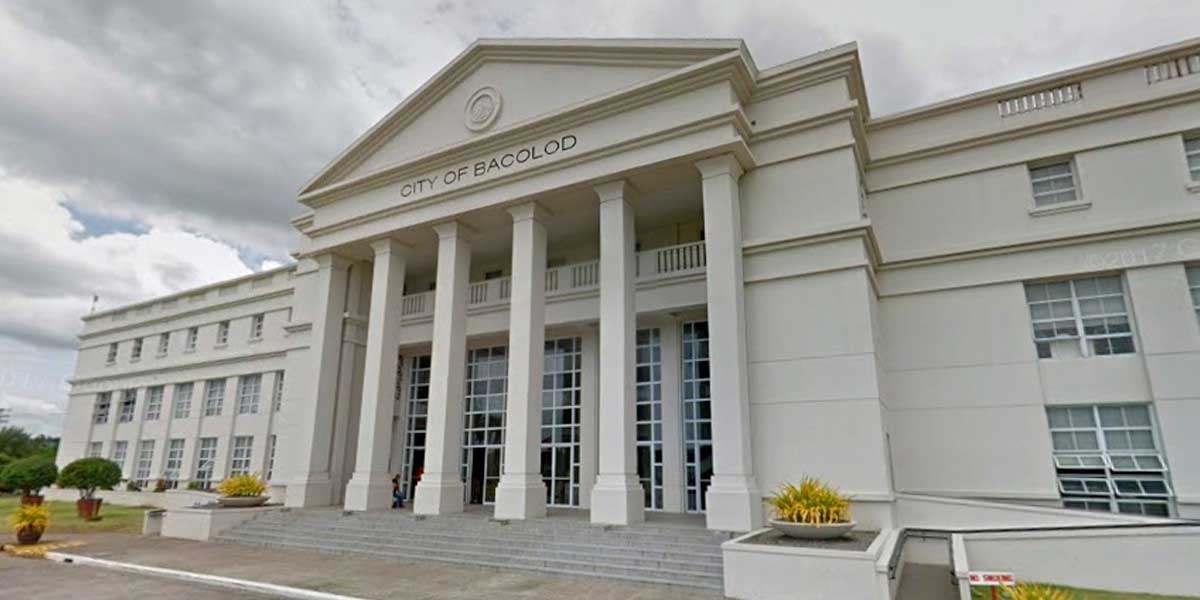By Alex P. Vidal
He said to them, “Then give back to Caesar what is Caesar’s, and to God what is God’s.” –Luke 20:25
“CAESAR and Christ” is Part III of Dr. Will Durant’s monumental survey of world history.
I found the hardbound copy of this book in a book sale inside a Presbyterian Church in faraway City of Surrey in British Columbia, Canada in 2011.
I haven’t finished reading the book, which I hand-carried in a flight from LA to Manila in 2012. It is now displayed in my small library in Iloilo City.
Dr. Durant’s work on “The Story of Civilization” originated in 1914 when he first began to collect material. Fame–with “The Story of Philosophy”—lay a dozen years ahead.
More than 20 years later in 1935, Part I, “Our Oriental Heritage,” was offered to the public. This was followed in 1939 by the second part, “The Life of Greece.”
In 1944 came “Caesar and Christ,” the result of 25 years’ preparation and five years’ writing. Like the earlier parts, this volume is an independent self-contained segment of a 10-volume cultural history of civilization.
In this massive book, whose scope and wit recall the golden days of historical writing, Dr. Durant recounts the flaming pageant of the rise of Rome from a crossroads town to world mastery.
He tells of its achievements through two centuries of security and peace, from the Crimea to Gibraltar and from the Euphrates to Hadrian’s Wall, of its spread of classic civilization over the Mediterranean and western European world.
-o0o-
Dr. Durant tells of Rome’s struggle to preserve its ordered realm from a surrounding sea of barbarism and of its long, slow crumbling and final catastrophic collapse into darkness and chaos.
Primarily a cultural history, Caesar and Christ lavishly discusses government, industry, manners, morals, the status of women, law, philosophy, science, literature, religion, and art.
Besides the varied pageant of the Catos, the Scipios, and the Gracchi, of Hannibal, Marius, Sulla, Catiline, Pompey, Caesar, Antony, Cleopatra, and the Emperors, good, bad, and indifferent, we view Cicero (busy in all departments of life), Lucretius, Catullus, Virgil, Horace, Ovid, Tacitus, Juvenal, and such cultivators of latterday Hellenism as Plutarch, Lucian, and Marcus Aurelius.
Dr. Durants accompanies us to watch the rise of temples, basilicas, and forums pass a day of games and spectacles at the Flavian amphitheater (correctly nicknamed the Colosseum). Turning to the eastern Mediterranean, Dr. Durant’s book will make us accompany Christ on his ministry, witness the tragic scenes of the Passion, and sail and walk with Paul on his missionary labors.
-o0o-
The colors darken, Palmyra rises and falls. The Empire attains a new–and spurious–invincibility under Aurelian, declines, and finally stiffens into a bureaucratic mold.
Caesar and Christ contains many parallels to modern history, and Dr. Durant presents them with lucid authority. He believes that a reading of past events should illuminate the present. In the class struggles and jockeying for power that typify Roman history from the Gracchi to Caesar, he finds an analogue to the development of Europe and America from the French Revolution to the present time.
He reminds us that dictators have ever used the same methods. He tells us that the dole was restored to more than a century before Christ and that the first Roman labor union was established about 600 B.C.
We hear of bank failures, pork barrels, depressions, governmental projects and regulations, State Socialism, war-time priority plans, electoral corruption, pressure groups, trade associations, and other phenomena of ancient Rome that might easily fit into front-pages headlines of our own era.
(The author, who is now based in New York City, used to be the editor of two daily newspapers in Iloilo.—Ed)






















